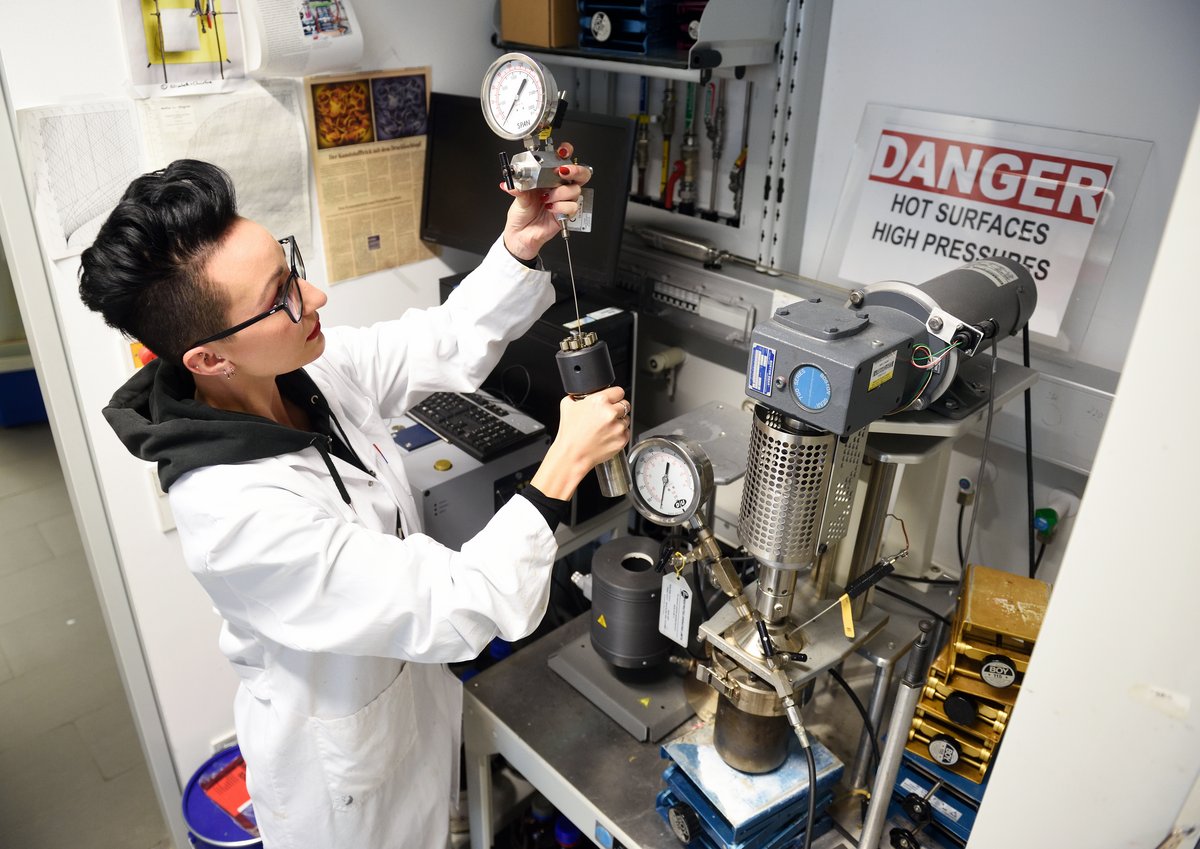We have one big goal: We aim at making advanced organic compounds for high-performance materials and biology by efficient and green syntheses.
We make better materials by faster and greener ways.
Consider chemical compounds as houses. The bricks – the building blocks – of which our team constructs compounds are heterocyclic and aromatic moieties. We like these moieties, because they impart outstanding properties and exclusively contain abundant and light-weight elements. The compounds at the core of our work are useful for applications as high-performance materials, and in biology. It is exactly the aromatic & heterocyclic build-up that enables both these applications. Aromatics and heterocyclics are prone to develop intriguing molecular interactions (H-bonding, pi-stacking) that both make materials outstandingly performing and enable interplay with biological systems. We are amazed by the sustainability of using one and the same type of building blocks for applications as seemingly opposite as high-performance materials and biology. Our team has a strong focus on synthesis, i.e. the actual making of these compounds in the laboratory.
We work mainly with techniques using nothing but hot water as solvent – so-called hydrothermal synthesis (HTS). Hydrothermal techniques are strikingly simple and yield compounds of higher quality. In single-step one-pot reactions, we can generate various compounds. Ranging from organic dyes and pigments, high-performance polymers, covalent organic frameworks, to inorganic-organic hybrid materials, outstanding and sometimes unprecedented property enhancement is achieved through HTS’ unique ability to generate high crystallinity. Aside HTS, we also work on fully solvent-free, solid-state routes, as well as computationally aided diversity-oriented syntheses for being maximally efficient. Yet, the life cycle of chemical compounds does not stop at their making. Instead, compounds are processed into a certain shape. Our work includes environmentally friendly processing of chemical compounds into forms such as fibers, powders and films. We are aware of being part of society. To account for this, we take care of the, as we believe, necessary next steps. We collaborate strongly with materials scientists and biologists for fostering applications. We have a strong focus on technology transfer into realistic application, e.g. through patent applications and our spin-off UGP materials. We engage in the dialogue with the public via various public outreach activities.
Why is this important? We think that materials are important for enabling new technologies, and that some of the greatest remaining challenges lie in the field of biology, such as disease. With our research we hope to contribute a small part to the fields of materials and biology, and we aim at doing so in a maximally sustainable, green, efficient and simple way.

